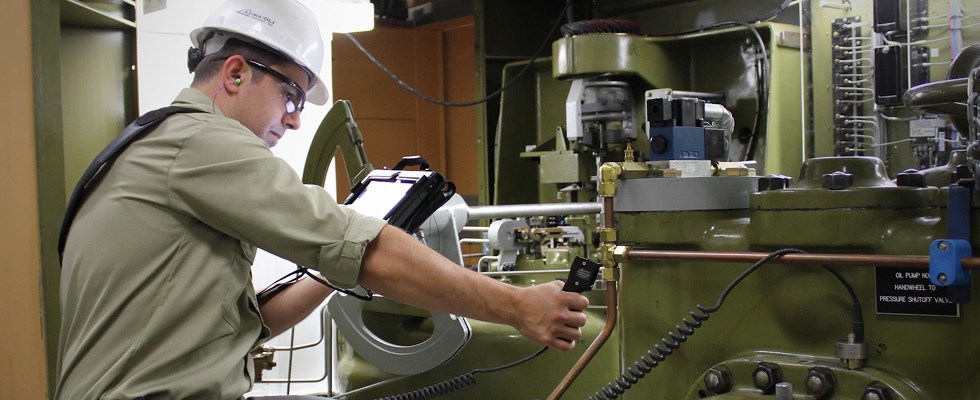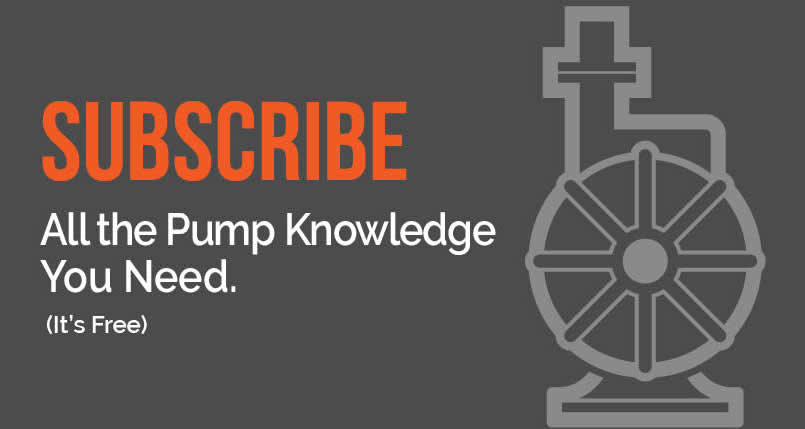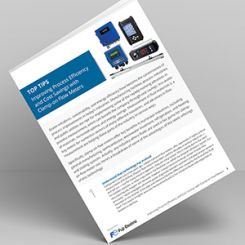
Wastewater infrastructure in the United States is showing its age, and the cost of replacement is rising fast. Along with aging infrastructure, wastewater treatment facilities are facing pressure and heightened demand from increased urban populations, often without the benefit of a corresponding increase in funding. While consumer utility bills are rising, it is still not enough to keep pace with the estimated funding gap of $69 billion.
Wastewater facilities are facing unprecedented pressure to meet rising demands with fewer resources. According to a study from the University of Michigan, 83% of the U.S. population lives in urban areas1, a major increase from just 64% in 1950. This number is expected to reach 89% in the U.S. by 2050.
In its 2025 Report Card for America’s Infrastructure2, the American Society of Civil Engineers (ASCE) rated wastewater a D+ and highlighted the urgent need to maintain existing infrastructure as long as possible. Adopting digital tools such as condition monitoring can enable facilities to extend the lifespan of their existing assets, reducing costs while also minimizing disruptions from outages caused by unexpected failures.

Overcoming Challenges With Digital Tools
Failures at wastewater facilities have critical consequences, ranging from service disruption to environmental hazards and illness from contamination. While many facilities have redundancies in place to address failures, some are already relying on those redundancies to handle increased demand, reducing their ability to respond to failures effectively.
Facilities are increasingly turning to digital tools, like a computerized maintenance management system (CMMS), to help manage their assets and systems. In fact, a 2023 survey of 450 utilities showed that 65% of respondents were already using some sort of digital tool to meet their operational and maintenance needs. However, 54% of these respondents said they were not leveraging their digital tools or data effectively.
Assets experience identifiable changes in their condition long before they reach the point of failure. But without the right tools, these changes often go undetected. Condition monitoring is the practice of actively monitoring the condition of assets and identifying developing failures, allowing maintenance teams to identify and repair problems before they cause an unplanned downtime event. Common methods of condition monitoring include ultrasound monitoring, oil analysis, vibration monitoring and thermography.
Why Condition Monitoring?
Monitoring the condition of assets provides an early warning of impending failures. Rather than waiting until failure and performing emergency repairs, this insight allows maintenance teams to order needed spare parts, schedule the required technicians or other maintenance personnel and perform maintenance during planned downtime. Timely maintenance avoids cascading failures and further equipment damage by addressing issues while they are still minor. Early detection also gives teams more time to procure replacement parts while the asset is still working, an invaluable benefit when working with equipment and parts that can be hard to find.
Remote condition monitoring has the added benefit of allowing geographically dispersed teams to monitor their systems, even if they are unable to see assets in person. Sensors can collect data from any site and, with connection to the cloud, can upload data for access by staff members or remote condition monitoring teams anywhere around the globe.
How Condition Monitoring Works
Industrial equipment components vibrate at a discreet and quantifiable rate. Changes in these discreet vibration signatures are early indicators of asset failure. Monitoring them is one of the most cost-effective methods of condition monitoring. With vibration monitoring, teams can see defects as they are forming early in the failure cycle. This monitoring provides an increased time frame between detection and failure, buying critical time to respond before failure occurs.
Condition monitoring can be done manually or automatically. Route-based monitoring, in which technicians collect readings monthly or quarterly using handheld vibration analyzers, can be a cost-effective solution. Wireless sensors and wired online condition monitoring systems monitor equipment continuously and are well suited for closely monitoring for failures, especially on critical rotating assets like pumps, motors and agitators. Both cloud-enabled wireless sensors and wired condition monitoring systems—whether online or route-based—can operate entirely on-premises.
Data is only useful if it is understood, but this presents another challenge for wastewater treatment plants with lean budgets. In-house vibration analysis is not always a practical option, and even if it is, specialists can suffer from data fatigue and miss the subtle changes in vibration signature that can indicate a developing failure. As a result, many facilities outsource condition monitoring. Outsourced condition monitoring can be done with AI tools that look at overall values hourly and full diagnostic data every 24 hours. Any results are confirmed by a team of human vibration experts before alerts are sent back to the facility.
AI analysis filters out noise, highlights risks and recommends specific actions to correct the developing failure. These systems can compare vibration signatures to decades of historical data to identify over 1,600 fault types, including lubrication issues, bearing problems, cavitation, bearing defects and many other failure types. Misalignment, a leading cause of pump and motor failure, is one of the most commonly detected problems, and with today’s laser alignment tools, even these problems can be corrected in-house.
Turning Data Into Action With a CMMS
When paired with a CMMS, condition monitoring becomes even more powerful. Sensor data can be used to automatically trigger work orders and guide maintenance planning. For wastewater plants already using supervisory control and data acquisition (SCADA), programmable logic controllers (PLCs) or building automation systems, condition monitoring data can be integrated to create a unified view of asset health.
Together, these tools help facilities make smarter decisions about where, when and how to perform maintenance, extending the life of aging infrastructure and helping operators stay ahead of increasing operational demands.
Barriers to Condition Monitoring
Condition monitoring is not new technology; however, cloud capabilities, remote monitoring and AI analysis have made it more accessible than ever, even for facilities working with limited budgets or in remote locations.
Despite the clear advantages, many utilities are still hesitant to adopt this new technology. Adopting condition monitoring often requires a cultural shift. In the past, equipment failures were not always critical. Facilities kept ample spare parts on hand, and maintenance teams were fully staffed to handle unexpected failures.
But today’s leaner operations, with smaller teams and streamlined storerooms, leave far less room for error. Unplanned outages now carry a much higher cost, making early detection and proactive maintenance essential. And with the increased pressure of growing populations and lean budgets, facilities must adapt.
Future-Proofing Wastewater Facilities
With aging infrastructure, growing urban populations and tighter operational constraints, wastewater treatment facilities are under more pressure than ever.
In its solutions for improving the grade for water, the ASCE recommends asset management practices, including condition monitoring, as a critical component of extending asset lifespan and prioritizing investment decisions. Condition monitoring offers a practical, scalable solution that enables teams to detect problems early, plan maintenance strategically and reduce the risks and costs of unexpected failure. When combined with a CMMS and integrated into existing systems, condition monitoring transforms raw data into real action.
The shift may require new tools and a new mindset, but the benefits are well worth the effort. Facilities that embrace this approach are building resilience for the future while serving their communities today with more reliable service and a commitment to operational excellence.
References
- css.umich.edu/publications/factsheets/built-environment/us-cities-factsheet
- infrastructurereportcard.org/cat-item/wastewater-infrastructure
For more on wastewater, visit pumpsandsystems.com/tags/wastewater.
For more on condition monitoring, visit pumpsandsystems.com/tags/condition-monitoring.

